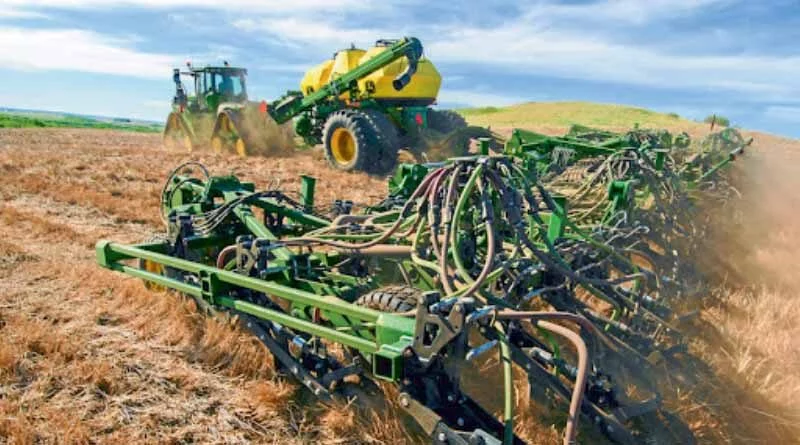Society depends on modern technology which changes daily life and occupation while creating opportunities for progress. But technology also comes with downsides.
Through mechanization and automation technologies companies can achieve better productivity while minimizing errors and standardizing production processes which ultimately lowers operational costs and simplifies procedures.
Human-machine interaction
The foundation of mechanisation rests on human-machine interaction which is often abbreviated as HMI. HMI stands for making machine operations and digital systems as user-friendly as possible which becomes critically important when dealing with automated devices.
In the past people operated machines through basic controls such as switches, levers and pedals which also applied to vehicle operation. Graphical user interfaces (GUI) introduced windows, icons and menus which allowed machines to become more intuitive to operate. Present augmented and virtual reality systems expand human machine interaction possibilities because users can operate them through body sensors or voice commands.
The following technological innovation will produce self-learning systems that support human activities and take over some tasks including car driving and elder care. The system needs accurate interpretation of hand signals and understanding of people’s needs to reach this objective.
Human-computer interaction
The field of HCI (Human Computer Interaction) investigates how people interact with computer systems. This discipline merges psychological theories with human factors engineering approaches and industrial design methods along with human computer interaction (HCI) principles. Earning a master’s degree in Human Computer Interaction allows you to achieve expert practitioner status.
The ways users interact with machines consist of buttons, mice devices, touch screens, and voice or gesture-based control systems. Poor interface designs can cause users to misunderstand system commands which leads to devastating consequences as shown by the Three Mile Island nuclear accident.
Well-designed systems exist which improve how we interact with machines. The Nintendo Wii uses internal gyroscopes and accelerometers to precisely capture player movements in games while future smart devices and self-driving cars might be able to understand hand or body language signals through sensor fusion. People can now interact with machines in a more intuitive way thanks to these technological advances.
Robotics
The introduction of mechanisation led to higher productivity levels and streamlined operations because automated machinery took over functions previously done through manual labour. Automation systems improved accuracy while cutting operational expenses and developed intelligent machines that adapt to fluctuating conditions and unexpected events. Technological development advanced through robotics which produced machines that replicated human and animal movements.
Various industries have integrated robots for performing monotonous operations such as product assembly and warehouse goods sorting for many years. Robots take over welding and painting tasks which helps to lessen the stress levels for human workers.
The field of robotics focuses on mechanical devices designed to execute specific tasks and artificial intelligence (AI) handles data processing and algorithm creation for use in various applications. The definition of robotics industry excludes chatbots.
Automation
Modern industry depends on mechanization and automation to streamline its processes which enhance efficiency and precision. Advanced technologies transform manufacturing and transportation sectors by reducing labor expenses and enhancing energy efficiency.
By eliminating expenses for human operators pay and benefits integral automation systems reduce operational costs. Automation boosts productivity by eliminating employee breaks and working 24/7 which leads to higher production rates without quality loss.
Businesses now depend on automated warehouse systems to swiftly manage extensive item quantities which allows them to fulfill high demand periods effortlessly. These systems contain sensors and feedback mechanisms to cut down energy use while maintaining operational efficiency and they possess specialized equipment to handle hazardous materials securely which diminishes workplace risks and accident chances thus becoming essential components of safe work environments. AI and IoT technologies will transform the landscape by creating smarter and more adaptable automation systems.
About Author
You may also like
-
Accessibility Tech Solutions for Neurodiverse Individuals: Building a Digital World That Fits Everyone
-
The Ethical Implications of AI in Creative Industries: A New Frontier
-
Meet the Spotify Scraper API: What It Does and Why You Need It?
-
Sustainable Tech Innovations for Eco-Conscious Consumers
-
Desktop Gadgets to Make Your Life Easier

